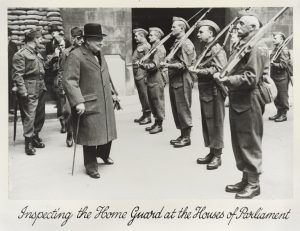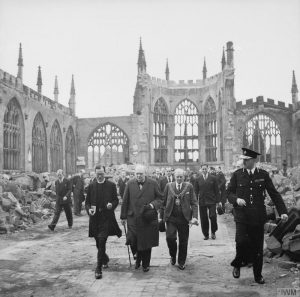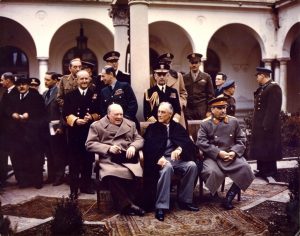
StoryLine
Intelligence, code-breaking and science

Winston Churchill, Parliament Square, London © Sue Lowry & Magellan PR
January 1, 1970
Read the story of the Bletchley Park code-breakers here.
Bletchley Park and its story have featured regularly in film and television over the past few years. Most recently the popular TV drama, The Bletchley Circle series, was shot entirely on location at Bletchley Park and clips, interviews and behind-the-scenes photographs can all be found here.
Film: Benedict Cumberbatch stars as Alan Turing, the mathematician who played an enormous part in the code-breaking at Bletchley, in the new film,
The Imitation Game
.
It’s been said that Churchill claimed that Turing made the single biggest contribution to Allied victory in the war against Nazi Germany. (see here).

2025 International Churchill Conference
Whether or not this is the case, it’s certainly difficult to overstate the importance of the work that he and his colleagues did at Bletchley. Churchill placed enormous value on their work, demanding to see not only summaries of their findings hot off the press, but also insisting on seeing raw data, too; he called them his ‘golden eggs’ laid by geese (code-breakers) that never cackled. He obtained them even before the Chiefs of Staffs and used them to support his arguments for various attacks and strategies.
Being the ‘man of action’ he was, Churchill rather enjoyed the ‘cloak and dagger’ work of the cryptographers but, more broadly, he was passionate about the importance of secret intelligence. Shaped by his experiences as a war correspondent and soldier, he had helped ensure the passing of the Official Secrets Act of 1911 and was the first Home Secretary to authorize general warrants for the secret interception of mail. During the Second World War, he helped build a centralised intelligence community and created the Special Operations Executive – which, with its commando raids and resistance work in occupied Europe, was particularly effective in keeping up morale in difficult times. He also, with Roosevelt, built the transatlantic intelligence alliance that endures to this day.
Just as in the First World War, when he campaigned for the development of the ‘land battleship’ (the precursor of the tank) Churchill was determined to apply science to warfare. He vigorously promoted the development of new weapons and tactics; radar, antisubmarine devices, night air-navigation systems, the limpet mine and the Personal Infantry Anti-Tank (PIAT) weapon. He gave his friend and adviser, the scientist Professor Lindeman (‘the Prof’) a wide remit and put him in charge of the Statistical Section. All of these initiatives, born of his fertile and creative mind, helped Britain in the battle against Germany.
Subscribe
WANT MORE?
Get the Churchill Bulletin delivered to your inbox once a month.





